Search Images
Browse Content (p. 1200)
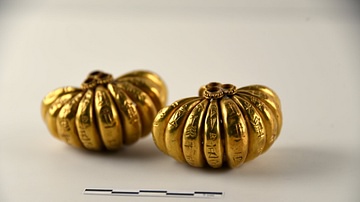
Image
Gold Earrings, Ur III, Mesopotamia
The convex and carved surfaces of the earrings. Each earring is composed of nine lunar-shaped segments forming a flattened half- ball. The cuneiform signs run vertically from above downward, starting from the right end. A pair of gold earrings...
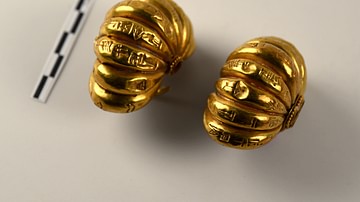
Image
Mesopotamian Gold Earrings, Ur III
Both earrings are placed in a mirror-image position, with the lower surfaces facing each other. Each earring is composed of nine lunar-shaped segments forming a flattened half- ball. The cuneiform signs run vertically from above downward...
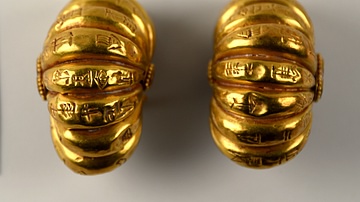
Image
Cuneiform on Gold Earrings from Ur III
Both earrings are placed in a mirror-image position, with the lower surfaces facing each other. Each earring is composed of nine lunar-shaped segments forming a flattened half- ball. The cuneiform signs run vertically from above downward...
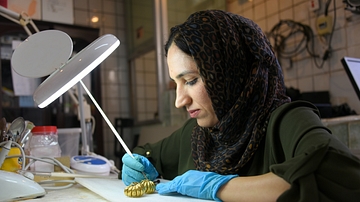
Image
Curator with Pair of Gold Earrings from Ur III
A curator is doing a routine and regular preservation work on a pair of gold earrings at the lab of the Sulaymaniyah Museum of Iraqi Kurdistan. October 18, 2017; exclusive photo. Ur III Period, reign of Shulgi, 2093-2046 BCE. Probably from...
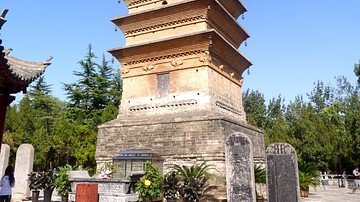
Image
White Horse Temple, Luoyang
The White Horse Buddhist temple at the former Chinese capital of Luoyang. Late Han dynasty, 1st century CE.
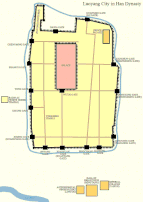
Image
Map of Luoyang
A map showing the principal buildings and layout of the later Han capital Luoyang, China, c.23 CE.
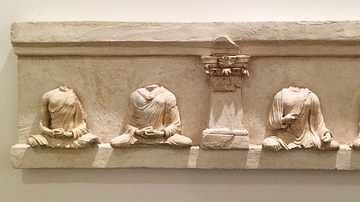
Image
Fragments from a Buddhist Stupa in Afghanistan
This fragment comes from Stupa B23, which used to be located at the Monastery of Bagh-Gai (facing southwest) in Hadda, Aghanistan. It dates from the 3rd-4th centuries CE. (Musée Guimet, Paris)

Image
Fragment of a Bodhisattva from Afghanistan
This fragment of a bodhisattva comes from the Kapica province of Afghanistan and once belonged to the Monastery of Shotorak. It was made in the 2nd or 3rd century CE. (Musée Guimet, Paris)
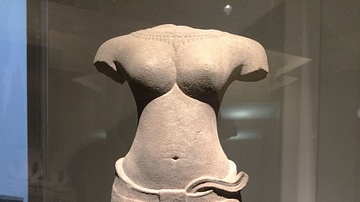
Image
Khmer Feminine Divinity Sculpture
This Khmer sandstone sculpture represents a Hindu goddess in the Baphuon style. It comes from Preah Vihear, Preah Vihear in Cambodia and dates from the 11th century CE. (Musée Guimet, Paris)
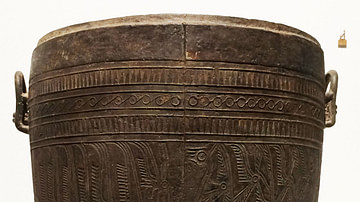
Image
Dong Song Bronze Situla from Vietnam
This bronze situla was crafted by people belonging to the Dong Son Culture around the Red River Valley of northern Vietnam or southern China. It was made between the 6th-1st century BCE. (Musée Guimet, Paris.)